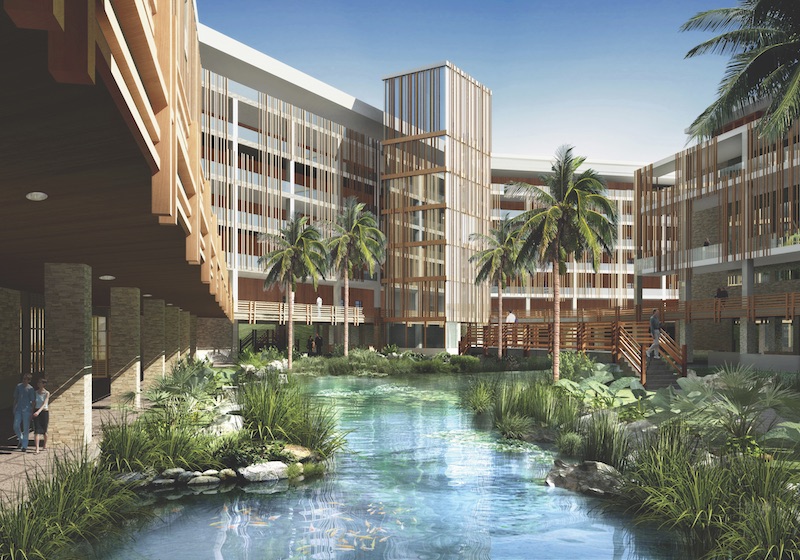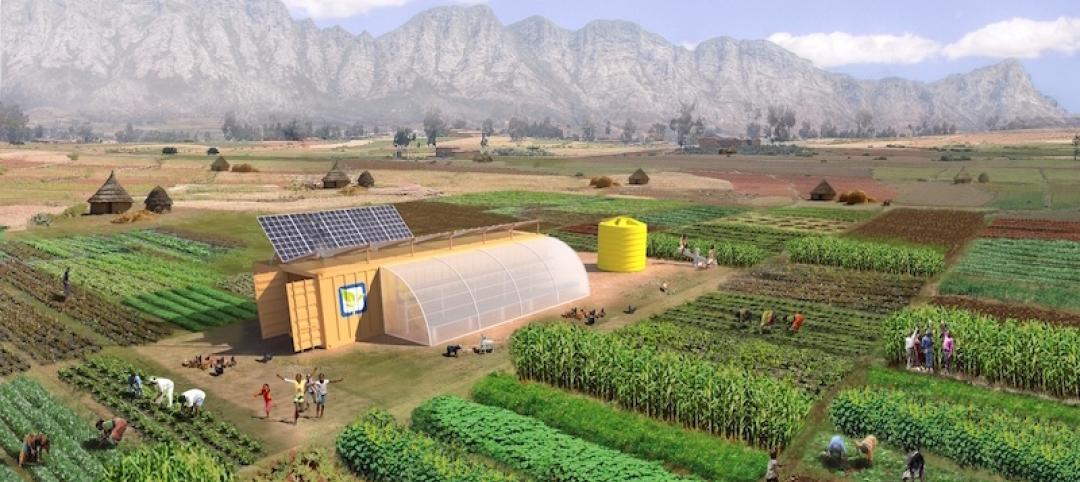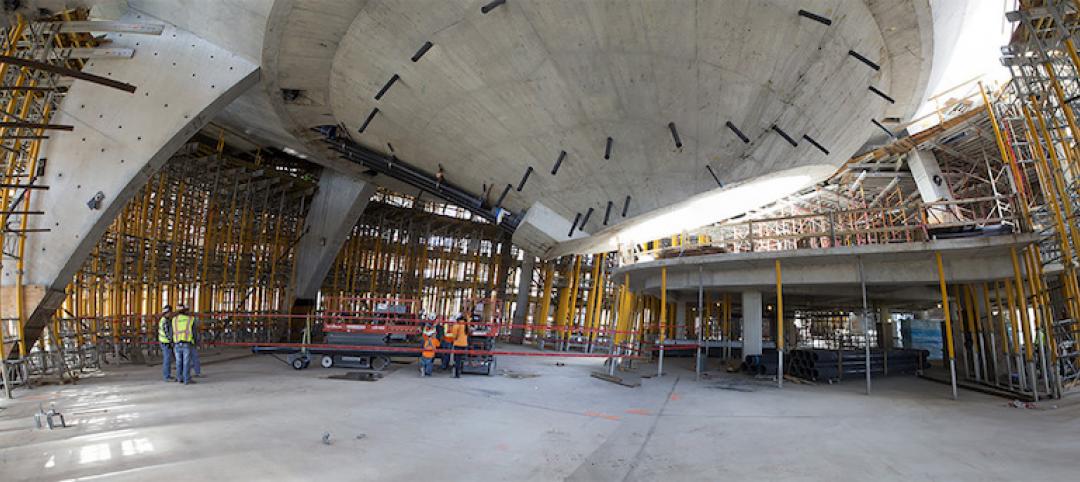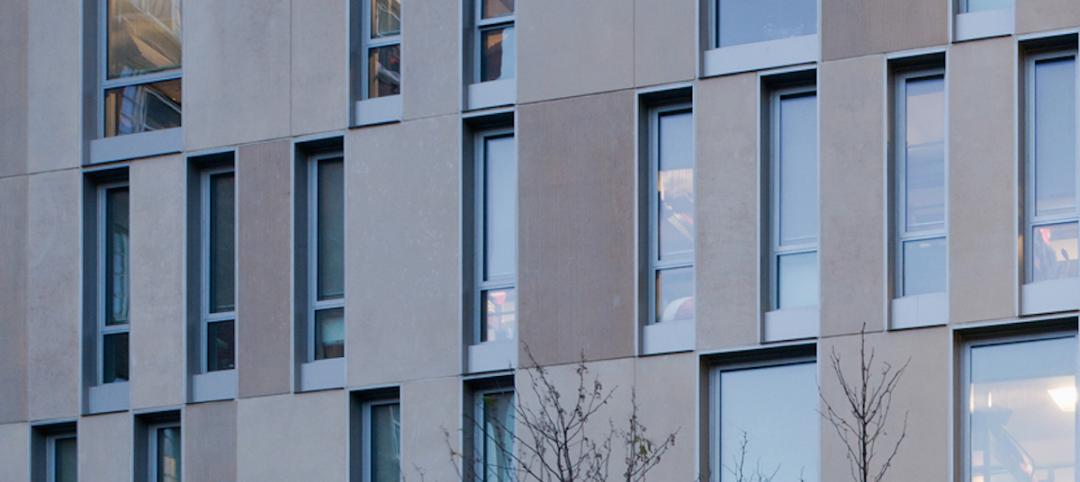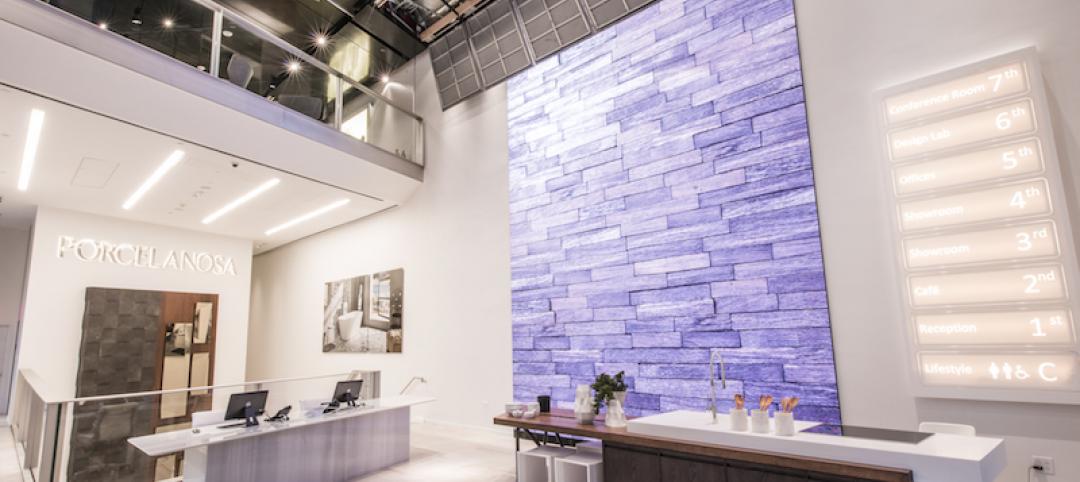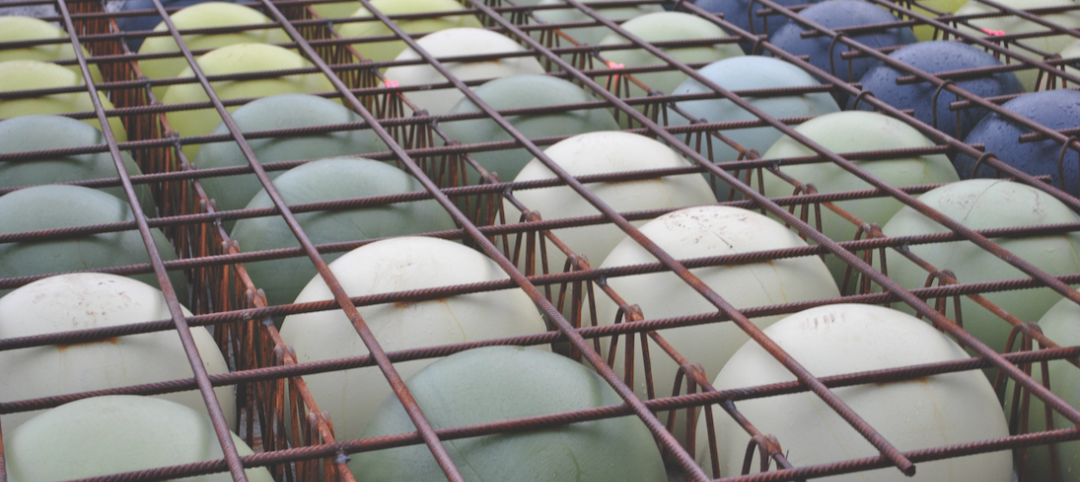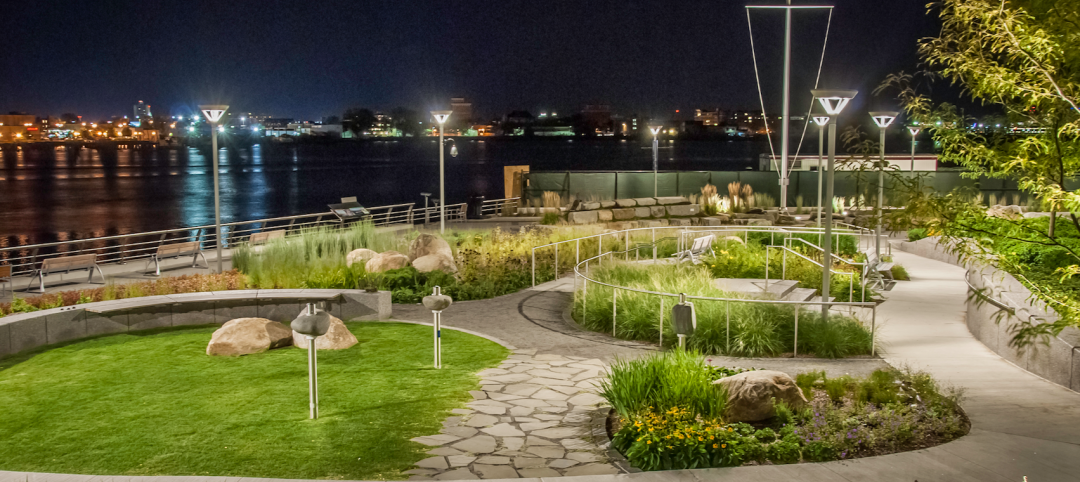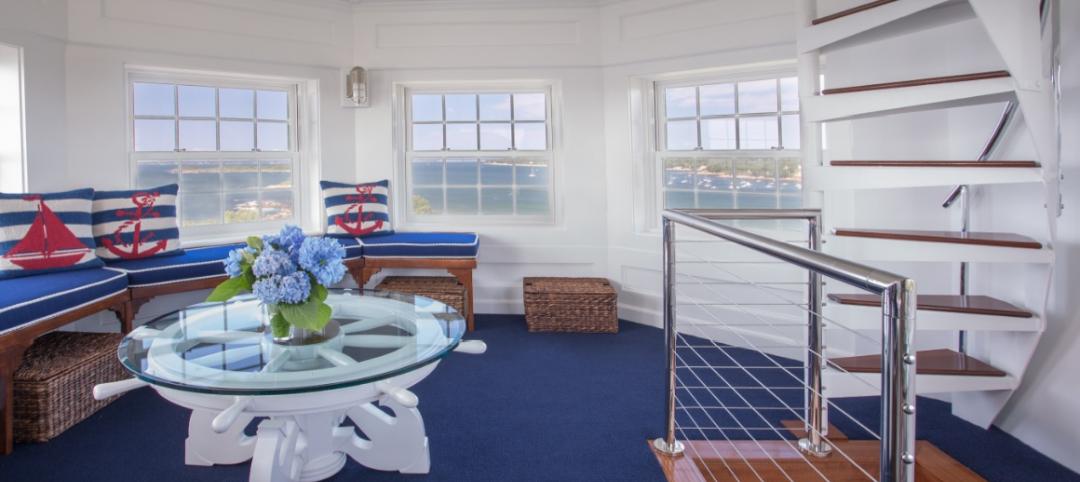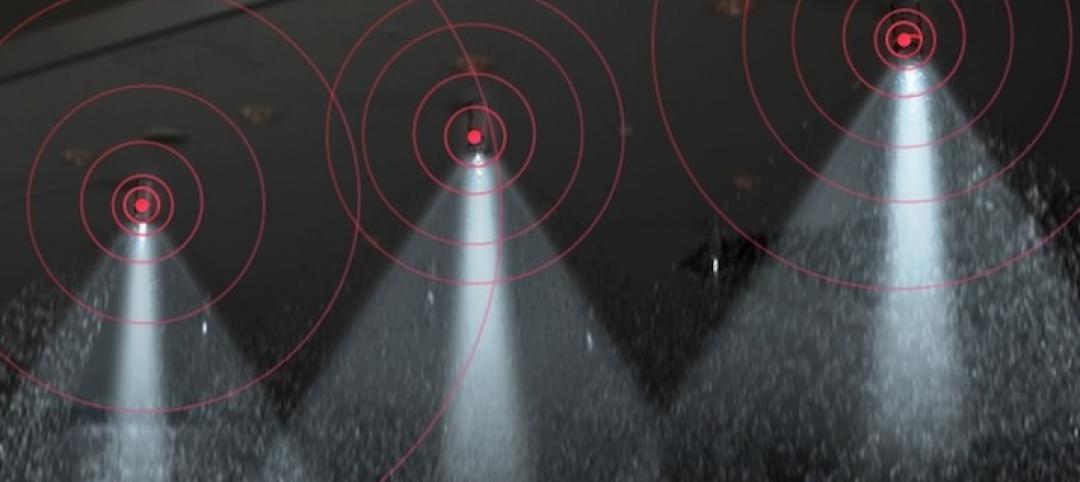The term wellness has been kicked around a lot in healthcare design circles lately. But what precisely do we mean by wellness? And, assuming wellness is a good thing, how can designers create healthcare facilities that enhance wellness?
Responses to those questions are embedded in a rigorous case study on “salutogenesis”—“the origin of health,” a term developed by Israeli American medical sociologist Aaron Antonovsky in his 1979 book, Health, Stress and Coping.
Three healthcare designers at GBBN Architects, Cincinnati—Angela Mazzi, AIA, ACHA, EDAC; Marcene Kinney, AIA, LEED AP; and Jon Hofmann, AIA, LEED AP—wondered why healthcare environments are seen as places where the experience of treatment is worse than the disease. Instead of being a place of dread, they wanted to know: Could a hospital provide a therapeutic environment that is “truly immersive, encouraging a patient to feel at ease and be engaged?” If so, would that promote wellness?
To test this hypothesis, the team studied one of GBBN’s own projects, The Sanya Fuwai Center. Situated on 15 acres in the mountains of the tropical island of Hainan, in China, it is more like a resort than a hospital. It provides complete inpatient and outpatient care, along with complementary therapies in a spa and hotel to allow for “relaxing, resetting, and recharging.”
Their report, “A Healthy State of Mind: Psychosocial Triggers to Wellness,” explores “psychosocial behavior cues” that provide an antidote to the anxiety and isolation that patients experience in most healthcare settings. They discuss four “salutogenic design drivers”—prospect and refuge, sense of coherence, relaxation response, and the science of happiness (who knew?)—and discuss their impact on five types of spaces: quiet, communal, casual, interactive, and season.
The GBBN researchers found several factors contribute to a psychological state that is receptive to healing:
• Incorporating elements that visually reference familiar positive environments, such as retail, residential, and recreational spaces. Provision should be made for walking paths, work areas, areas of contemplation, and destination points.
• Allowing choice and control in how the environment can be used and manipulated, through the provision of movable furniture, “personalization areas,” and variety in the types of spaces.
• Reinforcing the level of socialization appropriate to the activity within the environment through the use of proxemics—how much space people feel it necessary to set between themselves and others.
• Connection to nature for wayfinding and as a focal point within a space. Access to natural light is another key dimension of nature.
Download the 28-page paper at http://bit.ly/29SNsqA.

Read about more innovations from BD+C's 2016 Great Solutions Report
Related Stories
Great Solutions | Aug 23, 2016
11 great solutions for the commercial construction market
A roll-up emergency department, next-gen telemedicine center, and biophilic cooling pods are among the AEC industry’s clever ideas and novel innovations for 2016.
Great Solutions | Jan 20, 2016
13 great solutions for commercial construction
As these 13 innovations for the AEC marketplace demonstrate, sometimes a problem can be a good thing.
Great Solutions | Jan 20, 2016
Digitally fabricated concrete formwork pushes the limits of what can be cost-effectively constructed in concrete
Simpson Gumpertz & Heger and CW Keller use 3D modeling and CNC machining to advance concrete construction.
Great Solutions | Jan 20, 2016
Sasaki Associates develops simple yet novel solution for precast concrete complication
Its double-angle cladding anchor maintains the air/water/vapor barrier integrity and continuous insulation while still allowing for the desired versatility of precast panels.
Great Solutions | Jan 20, 2016
Porcelanosa’s solid-surface product, Krion, used to create an elegant retractable ceiling for NY showroom
Typically used for countertops, vanities, and furniture, Krion was used to make 39 panels covering 1,300 sf of ceiling space above the showroom.
Great Solutions | Jan 20, 2016
Skanska’s new app helps construction teams monitor and meet environmental quality standards while renovating hospitals
App allows users to track noise, differential pressure levels, vibration, and dust
Great Solutions | Jan 19, 2016
Concrete innovation: voided biaxial slab slashes weight, saves concrete
System reduces slab dead load by 30% on medical clinic project
Great Solutions | Jan 19, 2016
Healing garden doubles as therapy trails
A Boston-area hospital takes the healing garden to the next level.
Great Solutions | Jan 14, 2016
WWII watchtower turned into ‘land yacht’
Architect Siemasko + Verbridge and contractor Windover Construction transformed a coastal wartime observation post into an amenity-filled guesthouse.
Great Solutions | Jan 12, 2016
Sprinkler system does double duty
Two innovations tap into the multi-use potential for fire/life safety infrastructure.


